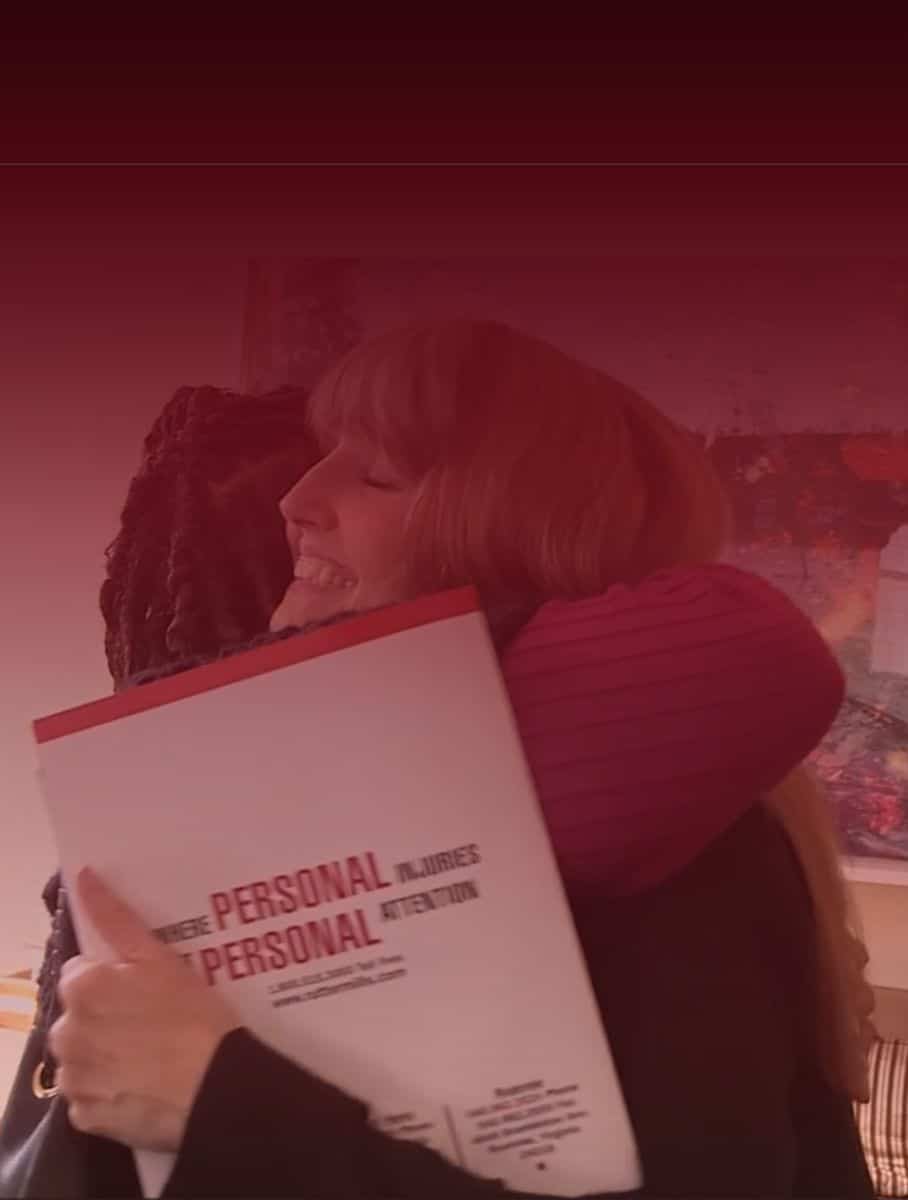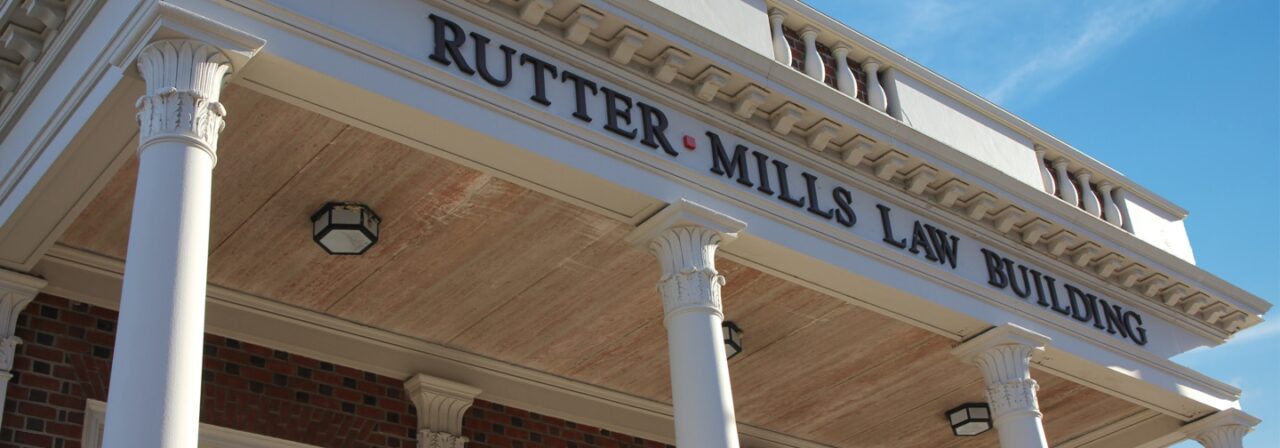
We’re Here for You
Contact Us for a Free Case Evaluation
Our team is ready to listen day or night – 7 days a week, so contact us now to see how we can help you on the road to recovery.

Railroad crossings are a common feature on many roads, yet they pose significant risks if not approached with caution. Despite advancements in safety measures, as personal injury attorneys, we know all too well that accidents at these intersections continue to occur, often resulting in severe injuries or fatalities. Understanding and adhering to safety protocols is essential for all road users.
Railroad crossings are inherently dangerous due to the massive size and speed of trains. A typical freight train traveling at 55 mph requires more than a mile—the length of 18 football fields—to come to a complete stop. This means that even if a train engineer sees a vehicle or pedestrian on the tracks, they may not be able to stop in time to prevent a collision. Additionally, trains have the right of way 100% of the time over emergency vehicles, cars, police, and pedestrians. Given these factors, it’s crucial to exercise extreme caution at all railroad crossings.
To minimize the risk of accidents at railroad crossings, consider the following safety guidelines:
1. Always Expect a Train
Freight trains don’t operate on fixed schedules, and passenger train timetables can change. Therefore, always assume a train could be approaching any crossing at any time.
2. Obey All Warning Signs and Signals
Pay close attention to flashing lights, gates, and warning signs at crossings. Never attempt to cross the tracks when signals indicate an approaching train. Even if you don’t see a train, the signals are activated for a reason.
3. Never Stop on the Tracks
Ensure there’s enough space on the other side of the crossing before proceeding. Stopping on the tracks can be fatal if a train approaches while your vehicle is stationary.
4. Stay Alert and Avoid Distractions
Avoid using headphones, texting, or engaging in other distractions when near railroad crossings. Trains are quieter than ever and may approach faster than anticipated.
5. Cross Only at Designated Areas
Always use designated pedestrian or roadway crossings. Crossing tracks at unauthorized points is illegal and highly dangerous.
6. Be Aware of Multiple Tracks
Some crossings have more than one track. After one train passes, another may be approaching from the opposite direction. Wait until you have a clear view of all tracks before crossing.
Walking on or along railroad tracks is considered trespassing and is both illegal and hazardous. All train tracks are private property, and unauthorized access can lead to severe injuries or death. Additionally, trains can extend three feet or more beyond the steel rail, making the area around the tracks dangerous even if you’re not directly on them.
If your vehicle stalls or becomes stuck on the tracks, exit the vehicle immediately and move away from the tracks at a 45-degree angle in the direction of the oncoming train. This helps you avoid debris if the train strikes your vehicle. At many crossings, you’ll find a sign with a unique number. Use this number to report your exact location when calling emergency services.
At Rutter Mills, we understand the devastating impact that railroad crossing accidents can have on individuals and families. Our experienced personal injury attorneys are dedicated to advocating for victims of such incidents, ensuring they receive the justice and compensation they deserve. If you or a loved one has been affected by a railroad crossing accident, contact our office 24/7 to schedule a free consultation.
By staying informed and vigilant, we can all contribute to reducing accidents at railroad crossings and ensuring safer travel for everyone.
A Harvard graduate and valedictorian of his class at the University of Richmond School of Law, Brother Rutter entered the legal profession with impressive credentials. However, it is his relentless tenacity and deep mastery of personal injury law that have earned him national recognition as a leader in the field. Beyond managing a highly successful law firm, Brother is also a respected guest lecturer, an influential thought leader, and a dedicated philanthropist.
Contact Us for a Free Case Evaluation
Our team is ready to listen day or night – 7 days a week, so contact us now to see how we can help you on the road to recovery.

